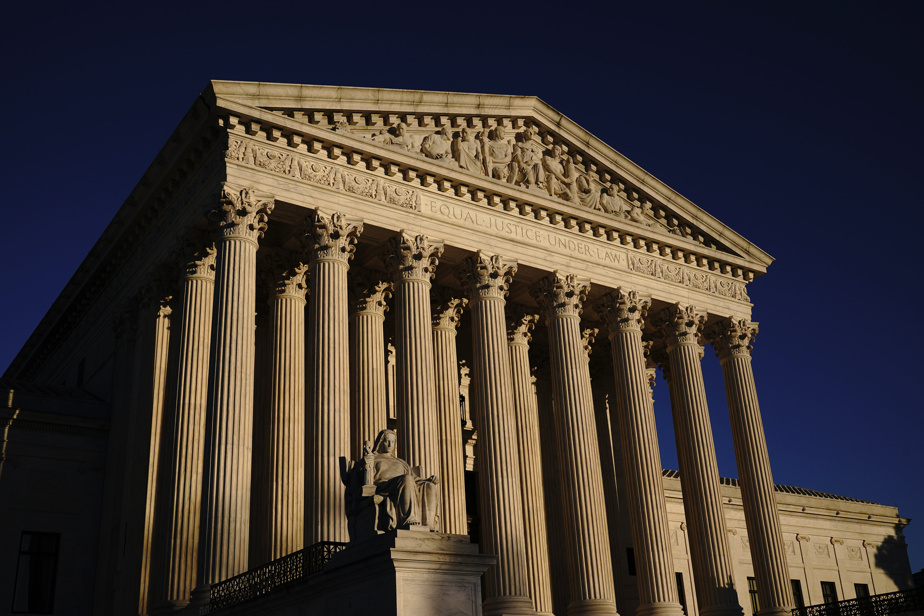In the Italian aquifers there are no less than 15 of the 34 raw materials necessary for the energy transition. These are the components required for wind turbines, photovoltaic panels and electric vehicle batteries. For example, the largest titanium deposit in Europe is located in the Beigua National Park in Liguria. That Pianpaludo. Last September, the “Technical Schedule for Important Raw Materials” was drawn up under the coordination of the Ministry of Projects and the Ministry of Environment. With the main contribution of Ispra, he explains today Republic, the table maps locations in Italy. As already foreseen by the EU regulation presented by the Commission on March 16, to ensure a safe and sustainable supply of important raw materials.
3000 locations in Italy
According to Ispra, there are 3,000 sites in Italy from which important raw materials can be extracted. Lithium is found in Upper Lazio, or in volcanic areas such as Lake Bracciano. but also in the Campi Flegrei in Campania. On the other hand, cobalt is mined in Piedmont in Punta Corna. But it is also in Lazio. The map shows the concentration of other important minerals. Such as barite, beryllium, nickel and tungsten. It is found in the Alps, in Sardinia and Tuscany. Then there are materials like the copper found in the Alps of Liguria and Tuscany. or zinc, which was mainly mined in Giorno near Bergamo. In past years there have been attempts to reopen the door, all rejected. But now we have to rethink it.
Minister Orso
Business Minister Adolfo Urso explains to the newspaper: “We have just understood how dangerous dependence on Russian fossil fuels is, and we cannot do the same with China on rare earths and precious metals. In recent years, Beijing has pursued an expansionary policy in the acquisition of fields.” While “the United States has put at the top of the list of various measures more than 1,850 billion to respond to China,” Ursu began. To do the same, the EU must “accelerate the European Sovereign Fund: it can be the key to accessing deposits outside the EU with the aim of marking supplies, and it can finance digital and green transformation projects of European companies.”
maps drawing
And the minister talks about the work that is being completed with his colleague Beshito: “We have to update the map, which has been standing for more than 30 years, during the next three or four months.” Finally, with regard to mining research, he ensures that “our environmental and social protection standards will not be compromised.” On the dangers of vetoes and protests, he announced an “honesty operation: until now we have allowed rare earths to come from countries where environmental and labor quality controls have been minimal.” But the minister concludes that “reducing emissions, the transition to more sustainable technologies cannot be done without these raw materials.” It is an “environmental and sovereign” choice.
Read about Open
Read also:

“Reader. Travel maven. Student. Passionate tv junkie. Internet ninja. Twitter advocate. Web nerd. Bacon buff.”





